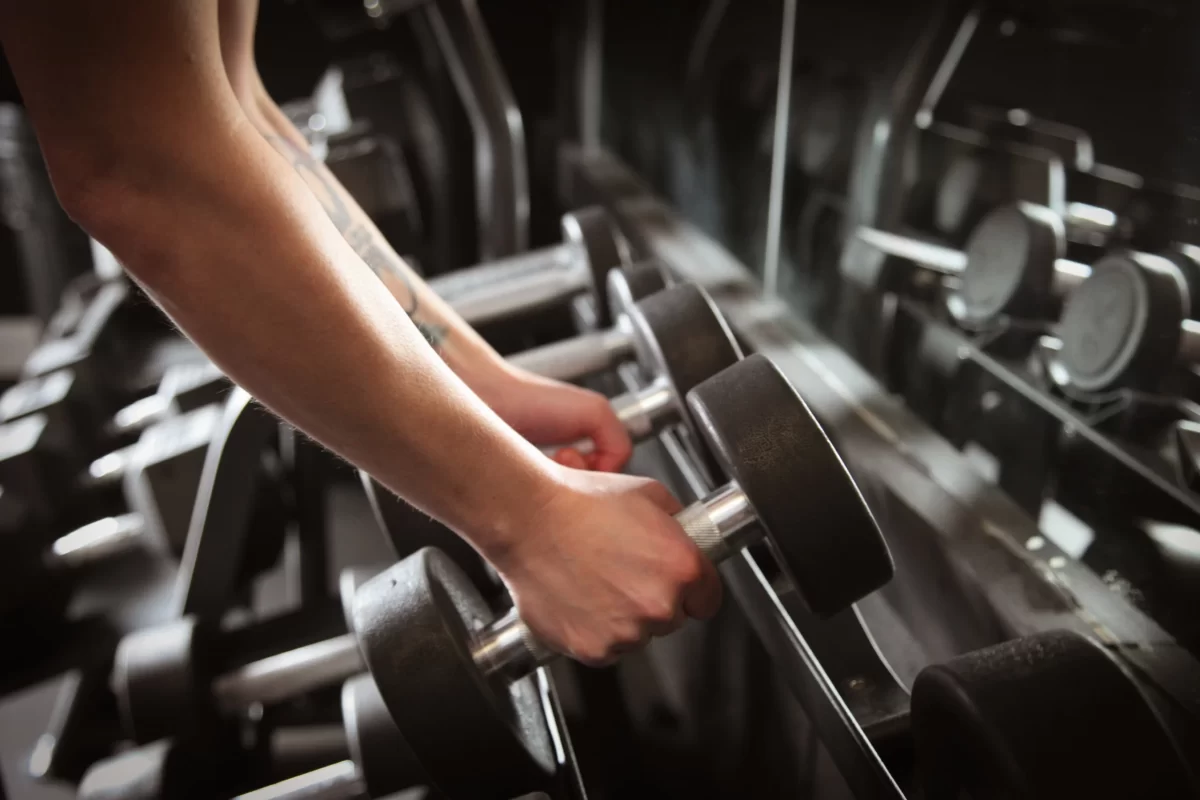“Jason – Can I work out so that I loose fat from my: stomach/back/legs/arms” – you name it!
This question is one of the most repeated questions that I receive from my PT clients. It has long been believed that spot reduction, the ability to selectively lose fat from specific areas of your body by exercising a particular muscle group will in turn lead to fat loss in that area.
Unfortunately, this is not based on any scientific evidence. Our bodies burn fat from all over the body, not just one particular area.
Here’s why spot reduction doesn’t work and some recommendations for a more effective approach to fat loss.
Body Fat Distribution: Your genetics largely determine where your body stores and loses fat. While you can tone and strengthen specific muscle groups through exercise, this does not mean that fat will be reduced from those area of the body.
Calory deficit: The most effective way to lose fat is to be in a state of calorie deficit, where you consume fewer calories than your body needs. This prompts your body to use stored fat for energy, leading to overall fat loss.
Cardio exercise Cardio exercises like running, cycling, or swimming can help you burn calories and increase your overall metabolic rate. This contributes to fat loss throughout your body, not just in one spot.
Resistance training: Building muscle through resistance training is essential for long-term fat loss. Muscle burns more calories at rest than fat, so increasing the amount of muscle your body holds can help boost your metabolism and in turn, fat loss.
A Balanced Diet: A healthy, balanced diet is crucial for fat loss. Focus on single ingredient foods such as chicken, vegetables, rice, if there is an ingredient list avoid if at all possible.
For more information like this that will help you to achieve your fitness goals in the shortest time possible get in contact today and book your free consultation…


